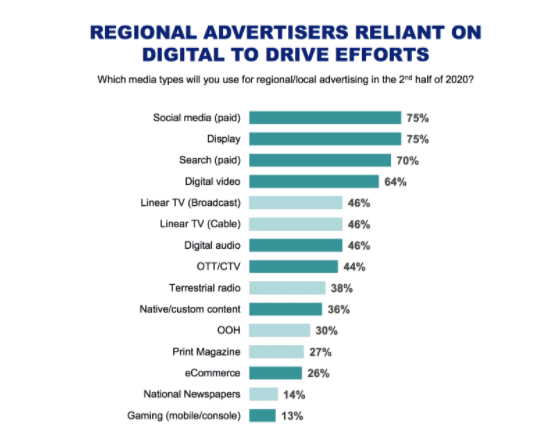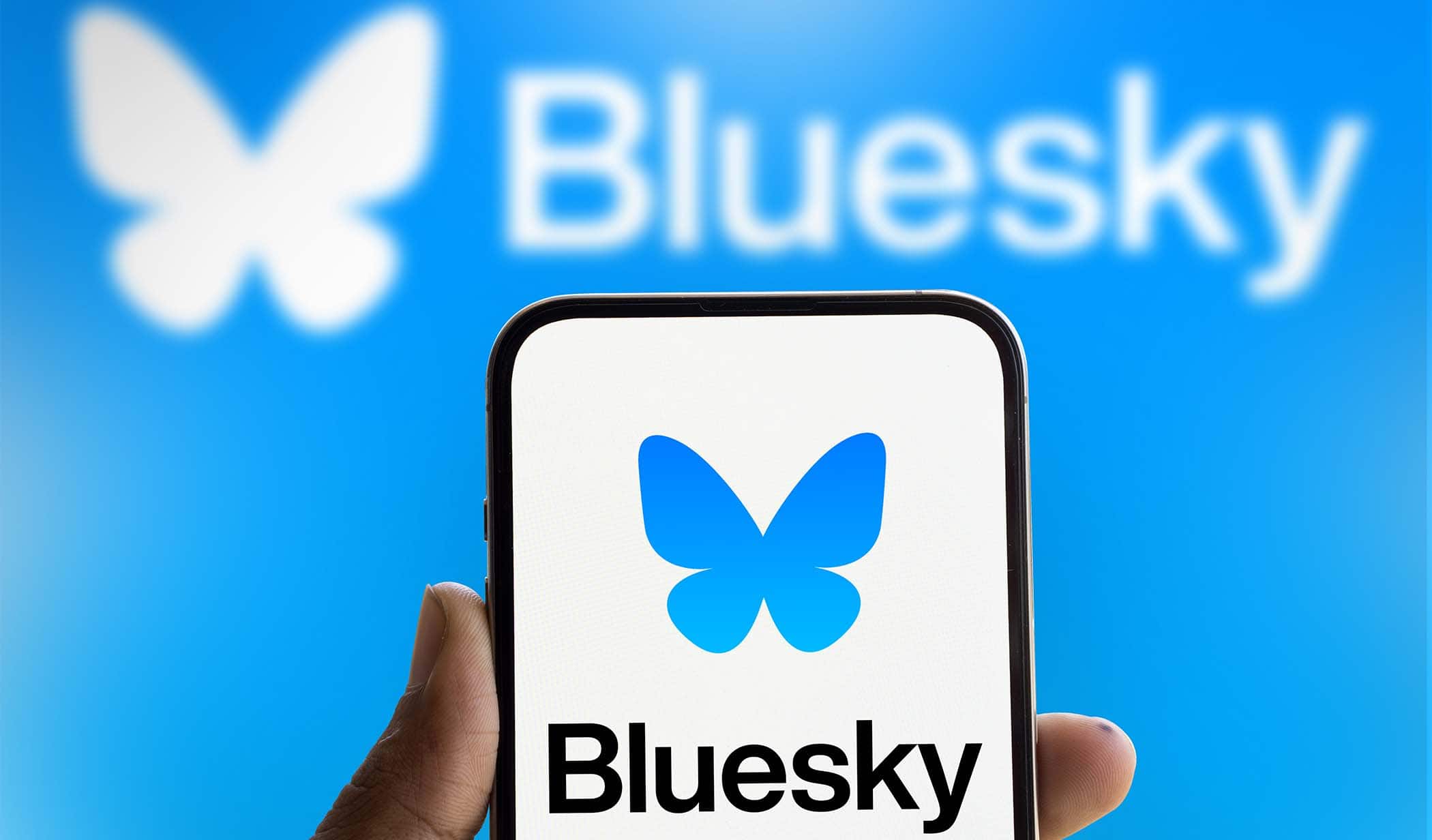5 Ways Coronavirus Has Changed Media: Programmatic Audio’s Heyday
Programmatic Audio’s Heyday
This week, we’re looking back at the almost five months since the WHO declared the COVID-19 outbreak a global pandemic on March 11, 2020. So much has changed. There are still more questions than answers. And several trends have emerged that have helped us understand how the coronavirus has changed media, how the coronavirus has changed consumer behavior, and how the coronavirus has changed real estate. Yesterday, we talked about how digital first is finally here. Today, we’re going to dive into one area of digital advertising that can be really effective in targeting specific audiences – programmatic audio.
What is Programmatic Audio?
Programmatic audio is the “use of technology to automate the selling and insertion of ads in audio content like podcasts, digital radio and music-streaming services.” It’s online ads on popular services like Spotify, Pandora, and TuneIn that users can typically see and hear.
The Decline of Traditional Radio
The story of radio’s decline is drama packed. Listenership has been on the decline and due to poor management, two of the three top broadcasters wound up drowning in debt and unable to invest in emerging channels, new technologies, and better systems for tracking performance and accountability. Since the Telecommunications Act of 1996, which allowed multiple stations in the same market to be owned by the same company, radio has seen a huge consolidation leading to commoditized and increasingly National content. Local radio, where or if it still exists, still holds appeal to listeners. Untargeted, unpersonalized, generic, “play in the background so something’s on, but I’m not really listening to it” radio does not.
Enter streaming. Remember Napster? It made its debut four years before YouTube and Pandora, which started in 2005. SiriusXM launched in 2008. Fast forward to March 2020 and music, driven by online video and including streaming audio, has been a huge part of many of our lives throughout the pandemic. Music video streaming benefited most, with research done in April by Channel Factory, an official YouTube partner, finding that consumers were heading to YouTube for “uplifting” content, typically music videos. A study commissioned by Pandora showed that 42% of respondents were spending more time listening to streaming audio, which was the third activity listeners were spending more time doing after reading news stories (52%) and streaming video (51%). Podcast revenue is also set to grow 15% this year, though many people traditionally listen to podcasts during their commutes, which were heavily affected.
Whether watching, listening, or both, with our “new normal” emerging, including a return to traffic congestion, things are unlikely to go back to the way they were. Many marketers agree – an Advertiser Perceptions Survey of some of the largest brands and agencies in the US showed nearly half plan to leverage digital audio in the second half of 2020.

The Evolution of Programmatic Audio
Media buyers couldn’t always access audio inventory through the same ad platforms as other digital ad formats like paid search, paid social, display, video, and mobile advertising. However, since 2018 major DSPs like Google and The Trade Desk have had programmatic audio capabilities. This means that programmatic audio can be part of an omnichannel digital advertising strategy – you can run ads in many places online – enabling things like holistic audience management, performance measurement, and optimization. That said, many premium platforms like Spotify and Pandora still operate via private marketplaces, so advertisers have to work directly with them to run campaigns. While adding a layer of additional campaign management, the benefits of leveraging these platforms – including more control over the content next to which your ads appear, a high level of transparency in when and where your ads run, and a low risk of fraud – are significant.
Other key benefits include:
- Content – there is a massive amount of really high quality audio content available to be streamed today and it’s only going to get better.
- Accessibility – audio content is device agnostic; you can listen through your mobile phone (as most people do), tablet, or computer, and the rise in smart devices, including voice driven smart speakers and in-car integrations, has made streaming audio even more widespread.
- Attention – with programmatic audio, especially on mobile devices, your ad is often the only one that plays, providing an almost-unheard-of-anywhere chance to capture users’ attention. In fact, a study from The Trade Desk and Spotify found that audio ads boosted ad recall by more than 150 percent – and by more than 200 percent when combined with video and display advertising.
- Targeting – like with other digital advertising, programmatic audio affords much better targeting capabilities than traditional radio. Streaming services typically have robust data on their subscribers that advertisers can leverage to tailor messaging.
For all these reasons and more, programmatic audio is worth exploring as part of a larger digital advertising strategy that includes video, display, and paid social advertising. As with many other things, COVID-19 has changed our behavior almost overnight and while access to music online extends beyond audio formats themselves, music’s power, especially during times of crisis, is undeniable.
This post is part two of a five-part series that highlights how Coronavirus has changed media.
Read Part 1: Digital First is Finally Here
Read Part 3: The Direct Mail Opportunity
Read Part 4: Media Buying Becomes More Flexible
Read Part 5: Performance Marketing Takes Center Stage










